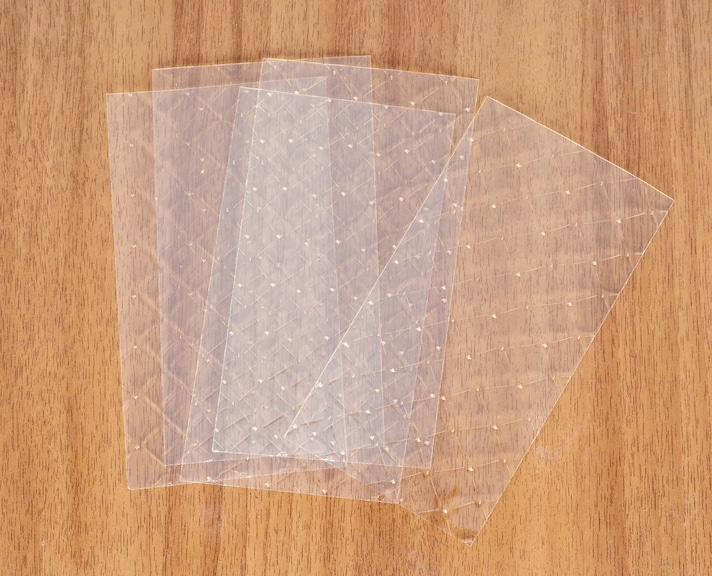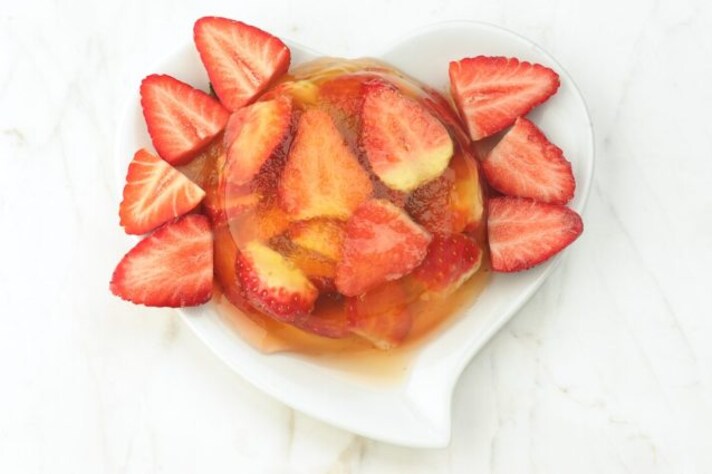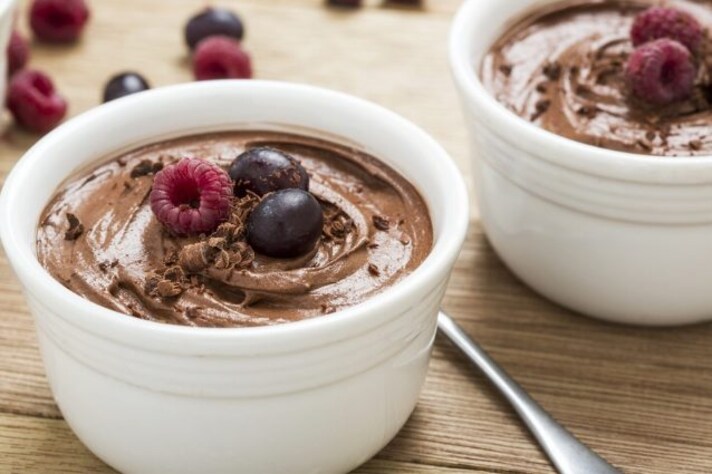
Edible gelatin, also known as isinglass (or the really unflattering name ‘fish glue‘), is a natural thickener used in cooking: it helps give consistency and solidity to many foods. It is mainly used for the preparation of desserts, but it is also suitable for the creation of savory dishes. Edible gelatin comes in the form of dried sheets: it is transparent, odorless and tasteless, and is also available in powder form. It is a product of animal origin, but there are valid vegetarian and vegan alternatives. Let's find out what it is, what it is used for and how to use edible gelatin in the kitchen.
What is Edible Gelatin and Why is It Also Called Isinglass (or Fish Glue)?
Edible gelatin is a completely tasteless natural thickener, which is used in cooking mainly for the preparation of some desserts: fruit jellies, puddings, cheesecakes , semifreddo, gummy sweets and so on; but it can also be used for savory recipes, such as fish or meat gelatins and aspic. You can find it in all supermarkets, in the dessert section, in the form of sheets.
But why is it also called fish glue? Originally, edible gelatin was produced from the swim bladders and cartilage of fish, especially sturgeon, left to dry. Currently, most of the edible gelatin produced is obtained mainly from pig rind while a small part comes from the bones and cartilage of pigs and cattle. Although fish is no longer used, the name "fish glue" has remained in common use in gastronomy: often, in fact, in the world of cooking, many names remain unchanged even if the basic preparation changes.
How to Use Edible Gelatin
Edible gelatin is found on the market mainly in the form of dried sheets, about 2 grams each. To use them, you must first rehydrate them by placing them in water. But here's how to do it.
- Cut the sheets with scissors, or break them by hand;
- immerse them in a bowl with cold water, which should cover them completely: the quantity will be the one indicated in the recipe for your preparation;
- leave to soak for at least 10 minutes, until the gelatine becomes soft;
- as soon as the gelatine is ready, lift it and put it in a small saucepan with a liquid: usually milk and cream for sweet preparations, and broth for savory recipes. You will need 30 grams of liquid for every 2 grams of gelatine;
- turn on the heat to low and mix with a teaspoon: in a few seconds you will obtain a clear liquid;
- At this point, let it cool for a few seconds, always stirring, and add the melted gelatine to your preparation.

How to Use Edible Gelatin Powder?
If you use powdered gelatine, you can dissolve it directly in a liquid: it is soluble at 30 degrees. At that point you can add it to your preparations. However, be careful of thermal shock: therefore, avoid pouring hot gelatine into a cold mixture, but always let it cool down.
What is Edible Gelatin Used For? Liquids and Creamy Preparations
Liquid food gelatine allows you to make preparations such as fruit jellies or aspics, a dessert made with fresh fruit wrapped in gelatine, which can also be prepared in a savory version with vegetables, meat or fish. Usually, 12 grams of gelatine, dissolved in 1/2 liter of water, allows you to obtain a slightly unstable gelatine, which can be consumed with a spoon. Larger quantities of gelatine, on the other hand, from 16 to 18 grams, allow you to obtain a completely solid gelatine, which can be cut with a knife.

In creamy recipes, edible gelatin is useful for thickening creams and mousses. In this case, therefore, you will not obtain a gelatin, but a creamy preparation: the gelatine, therefore, only serves to give consistency to the cream, to give greater stability to the pudding or to make a mousse thicker. For these preparations, the quantity of edible gelatin to add is 1.5 grams, for every 100 grams of compound to thicken.

Plant-Based Alternatives to Gelatin
For those who follow a vegetarian or vegan diet, there are valid plant-based alternatives: the most commonly used is agar agar, a product obtained from the processing of red algae. Also in this case we are talking about an odorless and tasteless product, usually in powder form, which you can buy in supermarkets and organic shops. Agar agar dissolves in boiling water, in which it is mixed: 1 teaspoon of agar agar corresponds to approximately 8 sheets of edible gelatine.
Vegetarian gelatin can also be obtained from fruit, in this case we are talking about pectin, but also from starch, guar, carob, arrowroot starch or kuzu. However, not all of them give the same result as animal gelatin, on a culinary level. Furthermore, they are often difficult to find.
;Resize,width=767;)
